Perfect: A walk in recovery - FULL version (18+)
29
About :
Please find a shortened version of Chapter 2 below, with this full version of the random audio recorded in April 2022, that may share this content in (what I hope is) a more entertaining and understandable way.
Feedback for chapter 2, the history of the manual used to diagnose mental health conditions (the DSM), was that it was too academic for people to read and understand.
I guess that’s what happens when you study something for a while. It becomes overly familiar. I’m sorry it may have put some people off because it’s important to understand this information if people want to fully recover and get well.
I also know this is why professions use things like jargon in the first place.
Please don’t let it deter you from finding out more about how the mental health and addiction industry (which is what it is these days and a very profitable industry at that) developed.
But, to keep it simple, please find a brief synopsis of how the two manuals used to “diagnose” people with “mental disorders”, by the vast majority of professionals in all areas of mental health, therapy and/or addiction globally, evolved below.

I've spent the last week finishing this off for you before I focus on my health and creating a life worth sticking around for in full.
As you can hear, this content gets me very riled up. Mostly because I've lost some good people along the way because of misinformation, bad practice and dishonesty.
I can't, however, afford to get riled up anymore right now. For health reasons.
I've also fought this particular "good fight" for a long, long time.
And I am tired.
Moving forward I'll be focusing on sharing my writing and personal adventures; tools and skills to stay (relatively) sane in an insane world; some art and my ever so opinionated opinions (of course). And having some fun for a change.
I do hope this helps some people...
Keep on keeping on.
Recovery is possible ❤️

A few revisions of some "disorders"
Jung had real success with the “psychodynamic” approach in 1904. (see story in section of Chapter 2: Part 2: Titled - “An Interesting Story”) : related to recovery for "sexual masochism", which is now listed as a "disorder" in the DSM and medicated accordingly. (say goodbye to fantasy dress up date nights forever or you might be medicated, you naughty kids 😂)
Hysteria - once considered to be a problem associated with only women. The word hysteria originates from the Greek word for uterus - Hysteria was finally removed from the DSM as a disorder in 1980 (but the legacy lives on, doesn't it sisters? 😐).
Autism was originally described as a form of childhood schizophrenia and the result of cold parenting (dissociated war veterans would be "cold"), then as a set of related developmental disorders… [38]
The terminology used to describe the symptoms of Attention-Deficit Hyperactivity Disorder, or ADHD, has gone through many changes over history,including "minimal brain damage" (are you kidding me? 😆), "minimal brain dysfunction", "learning/behavioral disabilities"... [40]
Homosexuality was removed from the DSM as a personality disorder in 1973; kept in as "ego-dystonic homosexuality" and a variety of other classifications, over the revisions, until it was removed as "gender identity disorder" in 2013… replaced with "gender dysphoria". (yes - it is still listed in the Diagnostic statistical manual of mental disorders in 2022 🙄)

Perfect: Chapter 2 - Words are important
Words are important.
I now know there’s no such thing as a “mental disorder” because I’ve taken the time to research the history of the DSM (the Diagnostic and Statistical Manual of Mental Disorders).
So, to be clear, I now know there’s no such thing as a mental disorder in the way in which we currently think of these.
As in the way the DSM suggests mental health conditions and addictive behaviours to be “disorders”. Or the medical profession suggests them to be mental “illnesses”.
There are no physical markers or symptoms for these conditions, as there are for a proper illness such as a common cold.
The hypotheses and philosophies of psychology are not hard science or medicine.
They’re the opinion of a relatively small demographic of a particular culture. And opinion is regularly skewed by personal perspective, personal bias, personal motivation, politics and, sometimes, financial gain.
At this stage of our understanding, when there’s (once again) a strong and more rational move towards a holistic perspective on mental health, this ongoing creation of disorders is badly informed, ethically questionable and outright irresponsible.
But I only understood more about how a disorder is created when I researched the history of the DSM and how it developed into what is now commonly referred to as the “Bible of psychiatry and psychology”.

The History of the DSM (synopsis)
“The Diagnostic and Statistical Manual of Mental Illnesses is the latest edition of the American Psychiatric Association’s professional reference book on mental health and brain-related conditions. Also known as the DSM-5, this is the main guide for mental health providers in the U.S. The latest version, the DSM-5-TR, was published in 2022.” [7]
The rest of the world uses the ICD (International Classification of Diseases) to classify mental health conditions. The U.S.A also uses the ICD to add codes (related to a “diagnosis” or “disorder”) for invoicing so that clients can claim from medical insurances.
The U.S.A played a major role in the development of the ICD and the first edition of the ICD was heavily influenced by a classification system developed by the United States army for categorizing mental health conditions of war veterans after WW2.
War veterans who would have returned home from the war with trauma in the form of PTSD / PTSR (Post Traumatic Stress Disorder / Reaction) and C-PTSD / PTSR (Complex Post Traumatic Stress Disorder / Reaction).
Psychologists and psychiatrists at the time were aware of why war veterans might be struggling to adjust after the war and chose to take a “psychodynamic” approach when treating people with mental health struggles.
“Psychodynamics” looks at how a person's psychology (perception and thinking) impacts their behaviour, feelings and emotions, in relation to external factors and early experience.
Lithium was first used in treatment for psychiatric conditions in the 1940s.
Pharmaceuticals as a first line of treatment was heavily encouraged, via advertising and articles, in the American Psychiatric Association’s news publication from the 1950s onwards.
The field of psychology and psychiatry in general was not considered scientific or real medicine (1950s to 1980s) and, thus, did not warrant funds being distributed to academic psychiatrists at universities for research grants. There was a move towards a more medical perspective (biological and genetic) by academic psychiatrists, in order to be taken more seriously and to be able to acquire research grants.
A task force of nine people was responsible for the third revision of the DSM (1980s), headed by Robert L. Spitzer. Spitzer chose people from an academic/research background (some of whom he had personally collaborated with), with a strongly “biological” (as opposed to “psychodynamic”) perspective on the reasons people suffer from mental health conditions as fellow task force members. The majority of whom were American caucasian and male.
The word “reactions” was removed from the manual (1980s third revision of the DSM) and the word “disorder” replaced it in full under Spiterzer’s guidance. (i.e. depressive “reaction” is replaced by depressive “disorder” etc. for all categories of behaviours in the DSM-III)
Only one member of the task force is said to have objected to this change. Dr Pinsker, who came from a psychoanalytic approach.
To which Spitzer replied that reimbursement from medical insurance would be difficult if the classifications were based on sets of symptoms and were not specific (medical conditions).
What behaviours should be considered “Disordered” are decided upon by these small task forces during revisions of the DSM (every 10 years). “Disorders” are voted into (or out of) existence by task force members. Human beings with personal interests, personal connections and, often, personal motivation.
In subsequent editions of the DSM problems with the book became more evident, and more public, due to obvious connections between members of the task forces and the pharmaceutical industry. The pharmaceutical industry is a multi billion dollar industry.
Many psychiatrists and psychologists have been outspoken with regards to the book and the problems surrounding it.
Robert L. Spitzer himself stated some years later, in an interview in 2007, that:
the DSM, by operationalizing the definitions of mental disorders while paying little attention to the context in which the symptoms occur [my boldface], may have medicalized the normal human experiences of a significant number of people.[8]

All of this is widely known fact and available from reliable resources that share the history and development of the DSM and the ICD. Some of which are on the American Psychiatric Association’s own website.

Full collection of Perfect: An alternative perspective on mental health and addiction can be found here

Whoop whoop!
My work here is done.
Trust yourselves.
You've got this. 👍

I am not a medical doctor and do not claim any information in this document or content to be a cure. This is my own understanding of how my "addiction" and "mental illness" worked, what both of these ultimately were ... and the approach I personally used to find a full and lasting recovery.
I do not endorse the information shared in K.I.S.S - Keep it Simple Sweetheart to be used in place of professional medical advice, support groups or specific therapies.
Please do not come off any prescribed medication without the guidance and support of a trained professional.
Please do not step away from any programs of treatment or support groups without the guidance and support of a trained professional.

Edited with GIMP
Tags :
Their limit for today is $0!
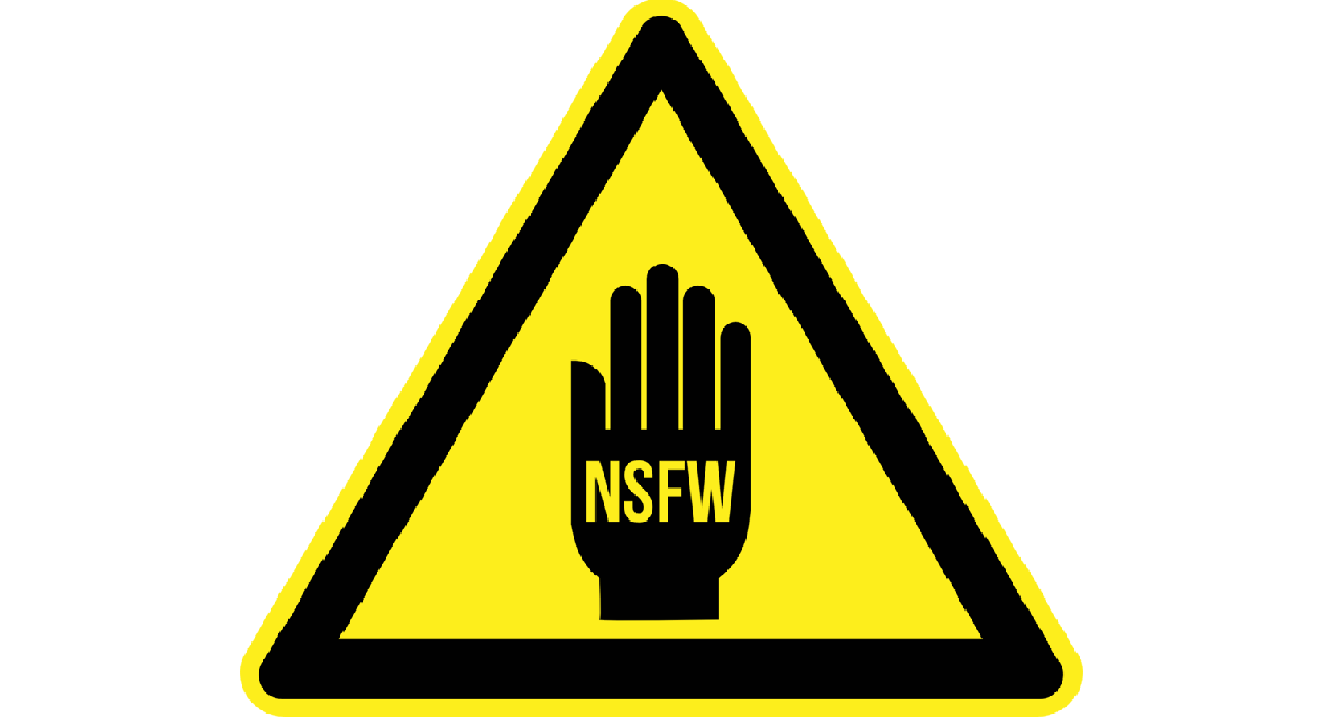
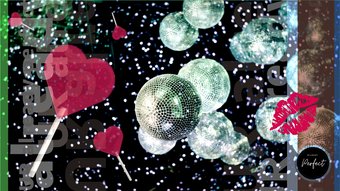











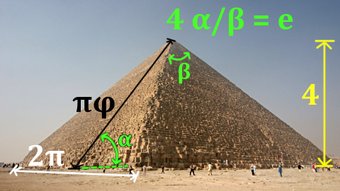
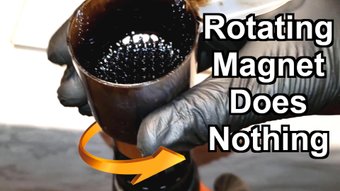
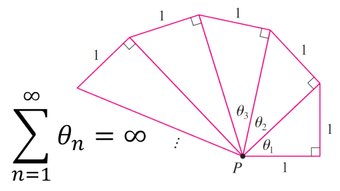
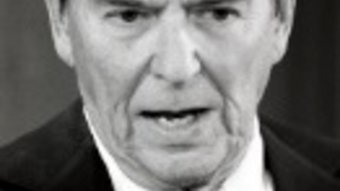

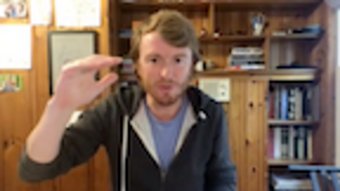
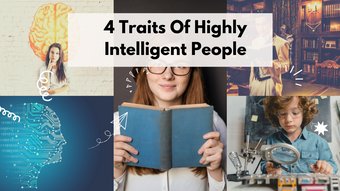

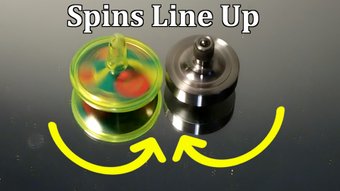

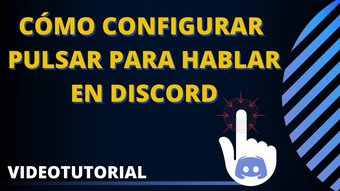

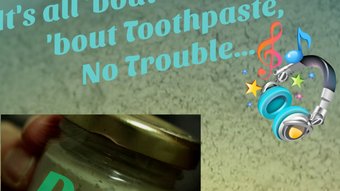
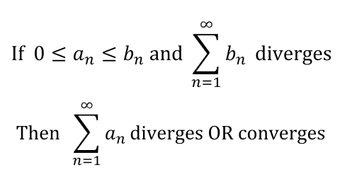

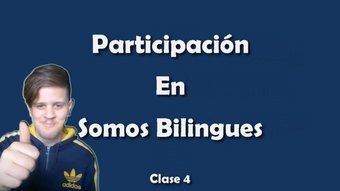

Comments:
Reply:
To comment on this video please connect a HIVE account to your profile: Connect HIVE Account